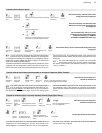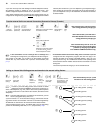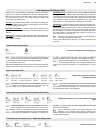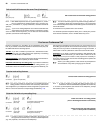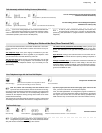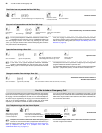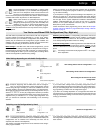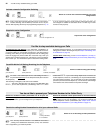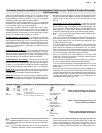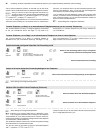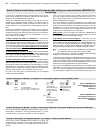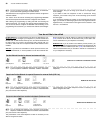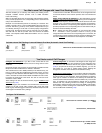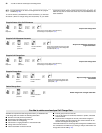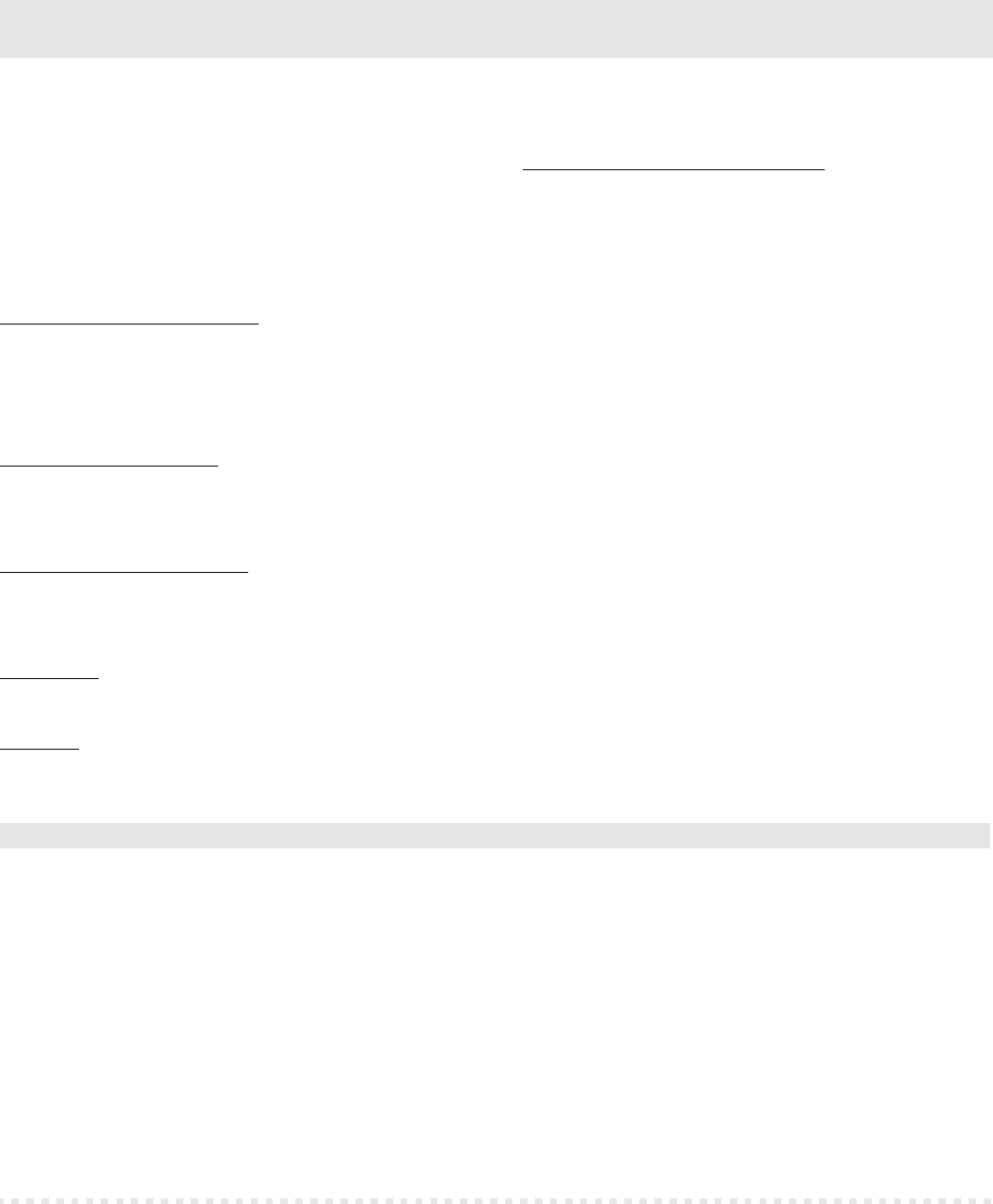
Settings 25
Thanks to the subscriber Call Forwarding (CF) you are able to forward
internal and external calls that are targeted to your telephone to other
internal telephones or external connections. You or your corresponding
substitution can take these calls on another telephone.
So the subscriber Call Forwarding enables you or your corresponding
substitution to be always available under your telephone number even
if you cannot take a call on your original telephone.
As there may be different reasons for not being able to take a call e.g.
you are absent for a shorter or longer period or you are just talking on
your telephone, there are three different kind of Call Forwarding: „the
immediate subscriber Call Forwarding“, the „subscriber Call Forwarding
on busy“ and „subscriber Call Forwarding on no Reply“.
Forward telephone „unconditional“:
If you abandon your telephone
for a longer period (e.g. you start off on your holidays) and like to avoid
that the telephone always rings in vain, you are able to forward the calls
to the telephone of your substitute (e.g. to the your colleague or to the
answering machine). Or if it is possible to take the calls on another tel-
ephone e.g. your mobile phone, you will able to forward them also to an
external connection.
Forward telephone „on Busy“:
If you are often busy and having long
calls and like to save other callers from long waiting time, you can acti-
vate the „subscriber Call Forwarding on busy“. Then inbound calls are
forwarded to another telephone (e.g. to one of your colleagues or to the
answering machine) if your telephone is busy at the moment.
Forward telephone „on no Reply“:
If you like to be sure that some-
body takes your calls even if you leave the room for a short moment,
you will reach this by switching on the „subscriber Call Forwarding on
no Reply“. If you do not take the call within 20 seconds (configurable),
the call will be forwarded to another telephone (e.g. of your colleague).
Switch off all:
If you are not totally sure which kind of subscriber Call
Forwarding is actually switched on, and like to make sure that each one
is switched off, you will achieve it with this programming.
Follow-me:
In case that you have already left your telephone and like
to configure a forwarding, you can use Follow-me. It has the same func-
tion like the „subscriber Call Forwarding“ to an internal telephone as
described in the previous chapter, only that it can be configured on the
corresponding destination telephone (instead of the telephone to be for-
warded). So you are able to go from room to room and take your calls
with you.
Programming via an external telephone:
In case that you have
already left your house and like to configure a forwarding, the subscriber
Call Forwarding is also programmable via an external telephone. You
are in need of an analog DTMF telephone, an ISDN telephone with
DTMF signalling or a DTMF sender. Besides this the PBX has to be
configured correspondingly with the configuration program COMset.
For each of the three Call Forwarding options a different desti-
nation can be configured.
If the „CF on busy“ and „CF on no Reply“ are activated at the same time,
both variants will be in use. Depending on the case - the telephone is
busy or nobody takes the call - the call will be forwarded perhaps even
to different destination numbers.
If an „CF unconditional“ is activated in addition to a „CF on busy“ and/or
a „CF on no Reply“, only the „CF unconditional“ is used that means the
whole calls will be forwarded to the destination of the „CF uncondi-
tional“. In this case the other forwarding settings are ignored, but are still
active in the background. As soon as the „CF unconditional“ is switched
off, the other still active forwarding settings are used again.
Also if you switched on an CF on your telephone, you are able to start
further calls. If you pick up the receiver you will hear a special dial tone
instead of the usual internal dial tone.
A Call Forwarding authorization to external numbers for your telephone
has to be configured with the configuration program COMset.
If you set an internal telephone as forwarding destination, this one will
need to have at least the partial exchange line access for forwarded
external calls.
Do not mix up the subscriber Call Forwarding and the MSN/DDI Call
Forwarding. You can only forward external calls to your mobile phone
or another external connection with an MSN/DDI Call Forwarding. A for-
warding of internal calls or to internal calls is not possible. So if you like
to prevent that internal calls are forwarded to your mobile phone, use
the MSN/DDI Call Forwarding (see p. 28).
If this kind of subscriber Call Forwarding always has the same
destination telephone number, you have to configure the desti-
nation calling number only once. Afterwards the Call Forwarding is just
switched on or off.
On some ISDN telephones and on the system telephone
COMfortel 1500/2500, COMfort 1000/1200/2000 plus and
smar-tel-i (only on COMmander Basic) you can switch on/off the „sub-
scriber Call Forwarding“ also via an existing function key or menu (see
manual of the telephone; it is also called „call diversion“). If you are
asked to enter the destination number when using the function key or
menu, you will have to enter the Exchange Line Access Number
0 in
Somebody should be reachable for internal/external Callers to your Telephone Number (Subscriber
Call Forwarding)
☞
Forward Telephone „unconditional“ to an internal/external Telephone because you are absent
b 7 Q 12 1 n #
Switch on Call Forwarding with entry of an
internal subscriber number as destination
your
telephone
public
password
„CF unconditional“
(for „CF on busy“ 13 instead of 12 and
for „CF on no Reply“ 14 instead of 12)
internal number of the
target telephone
or
0r
Switch on Call Forwarding with entry of an
external number as destination
Exchange Line
Access Number and
external number of
the target telephone
or
k
Switch on Call Forwarding with entry of a
Short-Code Dial Number as destination
Short-Code Dial
Number
☞
I



